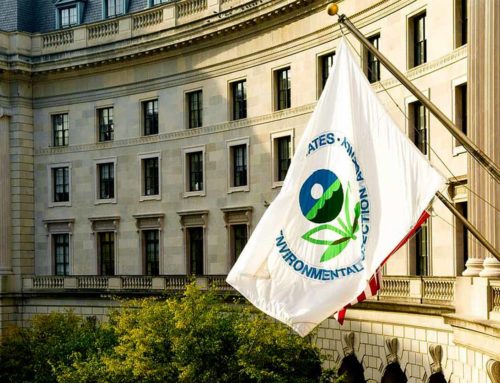For more than a half century the federal government has provided billions in handouts to the nuclear power industry. And today the industry is more dependent than ever on billions in government support for its survival. In Fiscal Year 2008, the Department of Energy is proposing to spend more than $1 billion on nuclear energy – 44% of all energy R&D spending. The Nuclear Energy Institute is also pushing for $50 BILLION in federal loan guarantees for new plants that would benefit a handful of domestic and foreign corporations. This amount is more than double the Energy Department's budget and is about 10 percent of all outstanding federal loan commitments made in 2006. This unnecessary corporate welfare distorts energy markets and threatens national security.
Just two years ago the Energy Policy Act of 2005 provided billions in subsidies for the nuclear industry.
Nuclear Subsidies in the Energy Policy Act of 2005
The following sections highlight some of the worst nuclear provisions.
Title VI, Subtitle A: The Price-Anderson Act
Extends indemnification provisions through 2025 for Nuclear Regulatory Commission licensees and Department of Energy contractors:
- Price-Anderson limits the liability of nuclear power plants to $10.7 billion in the event of an accident.
- A 1997 study by DOE's Brookhaven National Laboratory estimated that a reactor spent fuel pool fire could result in as many as 143,000 cancer deaths, and cause as much as $599 billion in property damage.
- Reauthorizing and extending Price-Anderson shields proposed new reactors from liability, leaving federal taxpayers, not nuclear operators, on the hook for as much as hundreds of billions of dollars in damages in the event of a nuclear catastrophe.
Title VI, Subtitle B: General Nuclear Matters
Encourages construction of new nuclear power plants and authorizes payments for reactor delays
- $100 million for two additional demonstration projects for hydrogen production at existing nuclear reactors.
- Up to $2 billion paid to industry to cover cost overruns due to construction delays.
Title VI, Subtitle C: Next Generation Nuclear Plant Project
Using nuclear power to produce hydrogen:
- Forks over $1.25 billion in government money for planning and constructing a nuclear reactor in Idaho that also generates hydrogen.
- This project, though thinly veiled as part of the new “hydrogen economy”, is little more than a handout to the nuclear industry, which has long been begging the government to subsidize construction of new plants.
Title IX, Subtitle E: Nuclear R&D Programs
The bill authorizes billions in R&D payouts to the nuclear industry, including $1.6 billion which includes the following programs:
- The Advanced Fuel Cycle Initiative: $580 million for a government program to reprocess nuclear fuel, thereby reversing a federal non-proliferation policy that has existed since the Ford administration.
- Nuclear Power 2010: A DOE initiative to subsidize the permitting and construction of new nuclear facilities.
- The Generation IV Initiative: Another DOE program, to help develop a new generation of reactors to develop advanced reactor concepts.
- $18 million to study industrial applications of large radioactive sources and disposal options and to establish a research program to develop alternatives.














Get Social